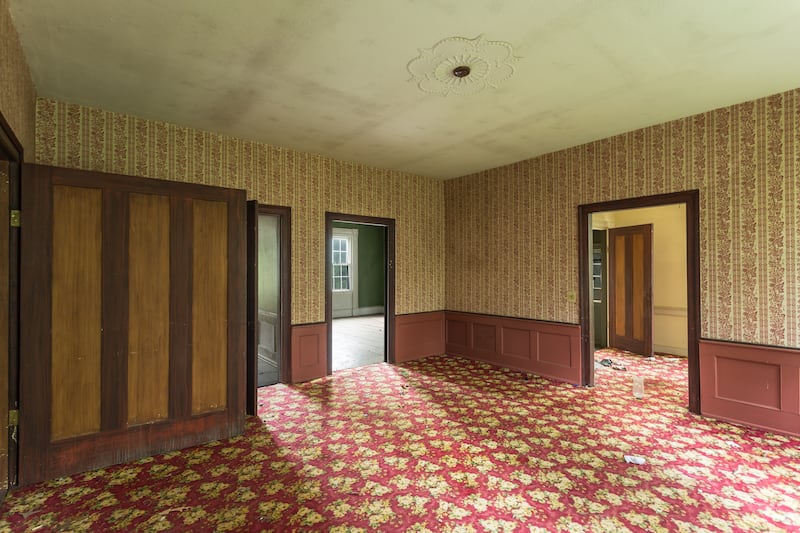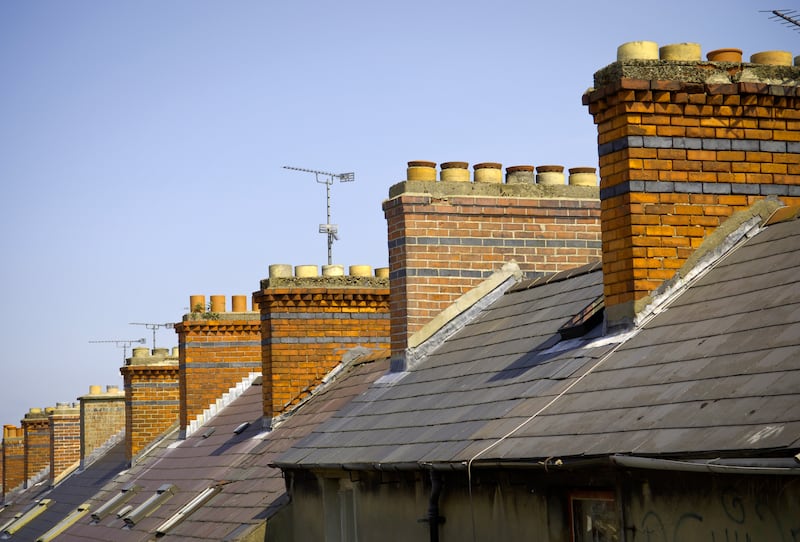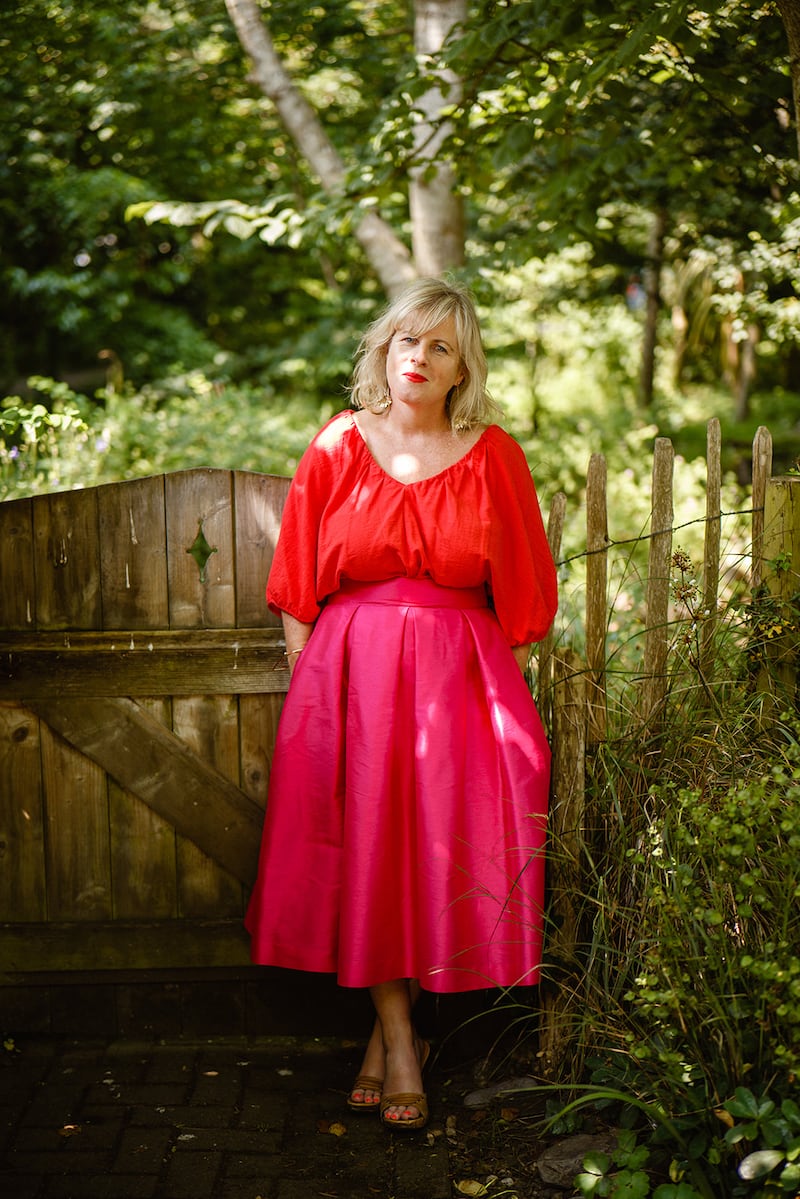Whether they watch for inspiration or with a touch of schadenfreude, the success of television shows such as Grand Designs is some measure of the importance people place on their homes, both in construction and interior design. Clearly if you’re considering selling your home it can be worth putting a little money into it in order to get the best price. But what upgrades are worth the money and what should be left to the new owners?
Weighing the upgrade options
There are many factors to consider when selling a house, the first of which is the condition of the property. Derek Trenaman, registered architect, Ceardean Architects, says that if the house is a “granny house” – one that hasn’t been done up in a long time – you’re better off doing nothing at all and selling it as it is.
The seller wouldn’t get back any value from improving the building energy rating (BER), for example, says Trenaman, “and often people rip out kitchens and bathrooms when they move into a new home, as they’d want their own style”.
Upgrades of this type – regardless of the age of the house – are therefore not worth the money, in his view. Let the dreamers dream, he says; leaving such a property as it is “leaves space for the buyers’ imagination”.
“Clear out all the furniture and anything that doesn’t need to be there. The rest they will build in their head,” adds Trenaman.

The house always wins
Few houses don’t require any improvement work, whether something extensive or more of a cosmetic update. If you’re considering selling a property you won’t be living in for long, ask yourself if it’s worth investing in significant work.
“If someone is planning on selling within five years, I would leave the house as it is,” says Trenaman. “You won’t see the value of it. If you’re not planning on leaving for perhaps 10 or more years, then it’s worth doing renovations such as getting the roof replaced, insulating walls and attic, and replacing windows and doors, as you’ll reap the benefit, not the buyer.”

Unfortunately, improving the BER doesn’t actually show in the value of the property – unless it’s a new build. Most people focus firstly on location, then the size of the property. Then comes its condition; next, the cost to do it up; and then, at number five, BER, says Trenaman.
“It’s a big investment to get a house from a D rating to an A but much more manageable to get it to a C,” he adds.
Getting sale ready
It can be useful to have a pre-sell audit by a professional in order to assess what may need to be done to get the best price, says Trenaman.
“If there’s a roof in poor condition or a roof on a garage that’s leaking or with poor flashing, you want to know about it,” he says. “If the buyers discover through a survey that the roof needs to be replaced, for example, it may give them leverage to ask for money off the asking price.”
Closer to the time
If you’re set on selling or have begun the process, interiors consultant Niamh Mac Gowan has some tips that will make any home a showstopper to a prospective buyer.
“First impressions count and if the outside looks well and is well kempt, it is a good set-up for inside,” says Mac Gowan.

“If you have it, maximise rear outdoor space, whether it’s a courtyard or garden. If you can, illustrate that it is an outdoor room, another space to relax and entertain in. Just the placement of outdoor furniture and anything unsightly tidied away can look so inviting.”
Window dressing
Inside, it’s important to look around with a critical eye, Mac Gowan stresses.
“Maybe there are old tatty blinds that don’t work properly or just sit one-third pulled down (blocking out 30 per cent of the daylight) or Venetian blinds that look dusty or messy and also block light,” she says. “Consider removing these – you can always put them away in a box if they are worth it and saying they are there for the new owners.
“Everybody looks for brightness in a house so if you have curtains that are covering too much window or have fallen off the rings fix them. Make rooms look neat and cared for. Sometimes it just takes getting on a stepladder with a few spare curtain clips or removing tie-backs and pulling the curtains right back to reveal a lot more light.”
At the end of the day, the professionals agree that less is more and a coat of paint and a clean, clutter-free house just might clinch a sale.





